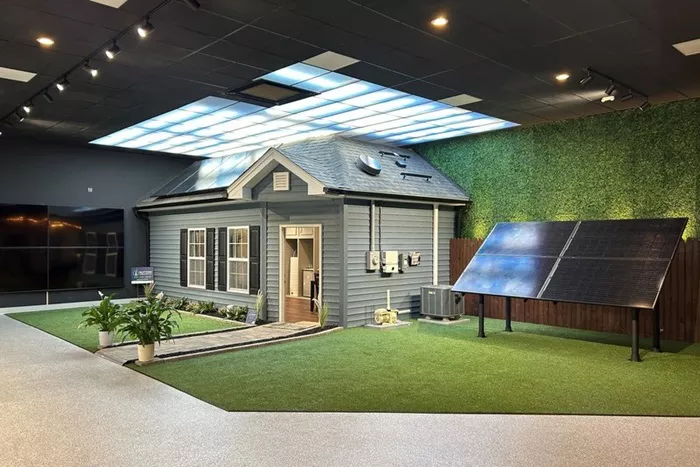In a rapidly evolving industry, traditional manual inspection methods are becoming increasingly outdated. While tools like digital calipers, height gauges, and micrometers have long been relied upon, they still require significant manual input and interpretation, which often leads to human error and inconsistency. This can result in costly mistakes. However, the inspection world is undergoing a major transformation with the rise of advanced digital and automated technologies that offer more accurate, efficient, and reliable results.
Modern solutions, such as visual inspection systems, are reshaping the field. These systems provide faster, more precise measurements, all while offering the advantage of non-contact measurement. A prime example is 3D scanners and imaging technology. These tools can create detailed digital replicas of objects, enabling thorough analysis and measurement. This innovation is particularly valuable for inspecting complex geometries and reverse engineering.
Another notable development is the use of profile projectors, which allow for simultaneous X- and Y-axis measurements. Unlike traditional handheld tools that measure in one direction at a time, profile projectors offer a faster way to assess dimensions on both axes at once, significantly speeding up the inspection process.
In addition to these advancements, vision systems are becoming increasingly common. These systems use cameras and software to automatically inspect parts for defects, measure dimensions, and even guide robotic processes. Artificial intelligence (AI) is also playing a role, with software that can learn to identify defects, predict maintenance needs, and optimize processes based on inspection data.
3D optical metrology systems are another valuable tool, offering detailed surface measurements of both form and roughness. The overall benefits of these digital inspection systems are clear: faster inspections, improved accuracy, better consistency, real-time data access, enhanced documentation, and long-term cost savings. Moreover, digital records are much easier to organize, share, and analyze compared to paper-based documentation.
An example of a manual vision metrology system is the Starrett MVR200, which is ideal for quick measurements during quality control. While tools like verniers and micrometers still have a place in the industry, it’s clear that the inspection landscape is being revolutionized by these digital technologies. These innovations are helping industries gather more accurate, efficient, and insightful data, enabling better decision-making.
Optimax Imaging & Inspection Ltd, based in Market Harborough, offers a wide range of optical inspection and measurement solutions across the UK and EU. Their portfolio includes products from top brands such as Starrett, Vision Engineering, Evixscan, Inspekto, Kitov.AI, Bruker Alicona, Hawkeye, and Gradient Lens.

